A Gastric lavage is a medical procedure that is used relatively rarely. Its goal is usually to save the body from poisoning by pumping toxins out of the stomach.
What is the gastric lavage?

Gastric lavage is mainly used for people who want to commit suicide using tablets. As long as the substances have not yet reached the intestine, it is possible to remove the toxic substances by gastric lavage. Accordingly, however, it is necessary that the person concerned is found in good time and treated appropriately. A specific tube is inserted for gastric lavage and the stomach is filled with water.
The method can be successful if the symptoms are recognized at an early stage and gastric lavage is used. The faster the rinse is used, the better the chances of recovery. Once the toxins enter the tissue or are digested further, other methods must be used to save the patient's life. However, there are some dangers and risks. In order to bring this under control, it is important that the treating doctor has sufficient experience in the field of gastric lavage. As a rule, the advantages of the procedure outweigh the disadvantages.
Function, effect & goals
In many cases, gastric lavage is used to treat poisoning. In most people, this happens with an attempt to commit suicide by taking certain medications. Above all, sleeping pills, sedatives and psychotropic drugs should be mentioned here. Overall, the poisoning is a voluntarily induced condition in around 85 percent of the sick.
Only about 10 percent state that the poisoning could result from an accident. If a child suffers from ingestion of toxins, there is an 80 percent chance that they are up to 5 years of age. Children put a lot of objects in their mouths, especially between the ages of two and three. In this way, poisoning may occur, which makes gastric lavage necessary. In the procedure, the stomach is pumped out and the mucous membrane is cleaned with it. If the patient is brought to the doctor early, this can restore health so that the poisoning usually has no further consequences. In the best case scenario, flushing takes place up to 30 minutes after the toxins have been absorbed.
This ensures that the substances are really still in the stomach. If certain tablets have been swallowed, the time window can usually be increased because many preparations are designed in such a way that the stomach contents are transported more slowly. Gastric lavage is also useful for cleaning the stomach before an operation. It is not uncommon for this method to be performed before gastric surgery in order to remove remaining food particles and facilitate the procedure. If the gastric porter is blocked, the chyme can no longer pass through the stomach, or only with difficulty, to get into the intestines. Gastric lavage may also be necessary here to relieve the body. However, because such irrigation is not a permanent solution, it is important to treat the occlusion appropriately.
Ultimately, a tube is inserted through the patient's mouth and properly positioned. The rinsing liquid is a saline solution. This is administered in smaller amounts of 150 to 300 milliliters each. A total of about 20 liters of fluid are in the patient's stomach during gastric lavage. The saline solution is then drawn off through the same tube. The process is repeated a few times. As part of a first aid service in the event of a poisoning emergency, the person concerned should be helped to vomit. For this purpose, adults are given salt water insofar as they are conscious. In children, irritation of the throat helps to induce artificial vomiting. It must always be ensured that the patient is not dazed.
Risks, side effects & dangers
Gastric lavage is not entirely risk-free. The greatest danger is leakage of the fluid into the lungs. If the saline solution does not get into the esophagus but enters the windpipe, it can lead to shortness of breath or pneumonia. Gastric lavage must therefore be carried out carefully to avoid risks. For example, the insertion of a tube is suitable for this. This prevents any liquids from entering the windpipe.
In addition, most patients find gastric lavage very uncomfortable. Because it is not always clear which substances caused the condition in the event of poisoning, many doctors do not use a sedative. This could have a strong interaction with one of the drugs swallowed and thus threaten the health of the person concerned even more. To prevent the patient from biting through the tube, a bite guard is placed on him. Rinsing the stomach with a tube often leads to nausea. Some people vomit during use.
If the toxins have already severely attacked the mucous membranes of the digestive tract, gastric lavage is sometimes no longer possible. This would further irritate the tissue and possibly lead to a breakthrough. For example, the administration of an antidote comes into question.

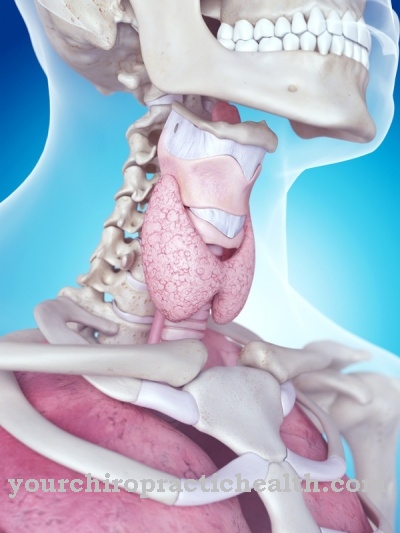

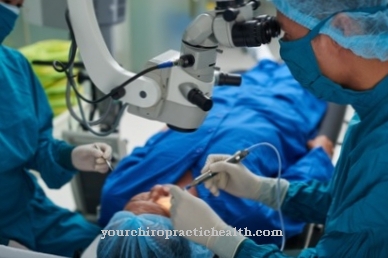
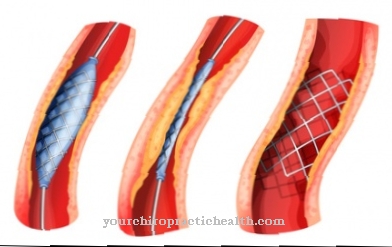
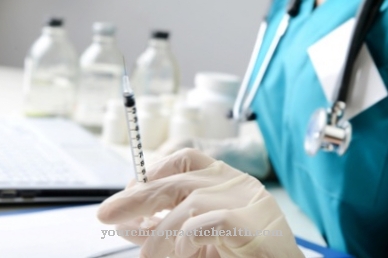
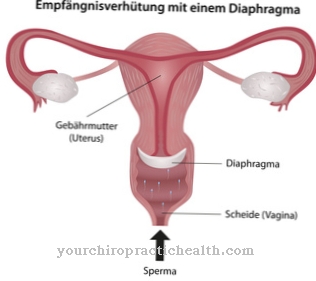






.jpg)

.jpg)
.jpg)











.jpg)